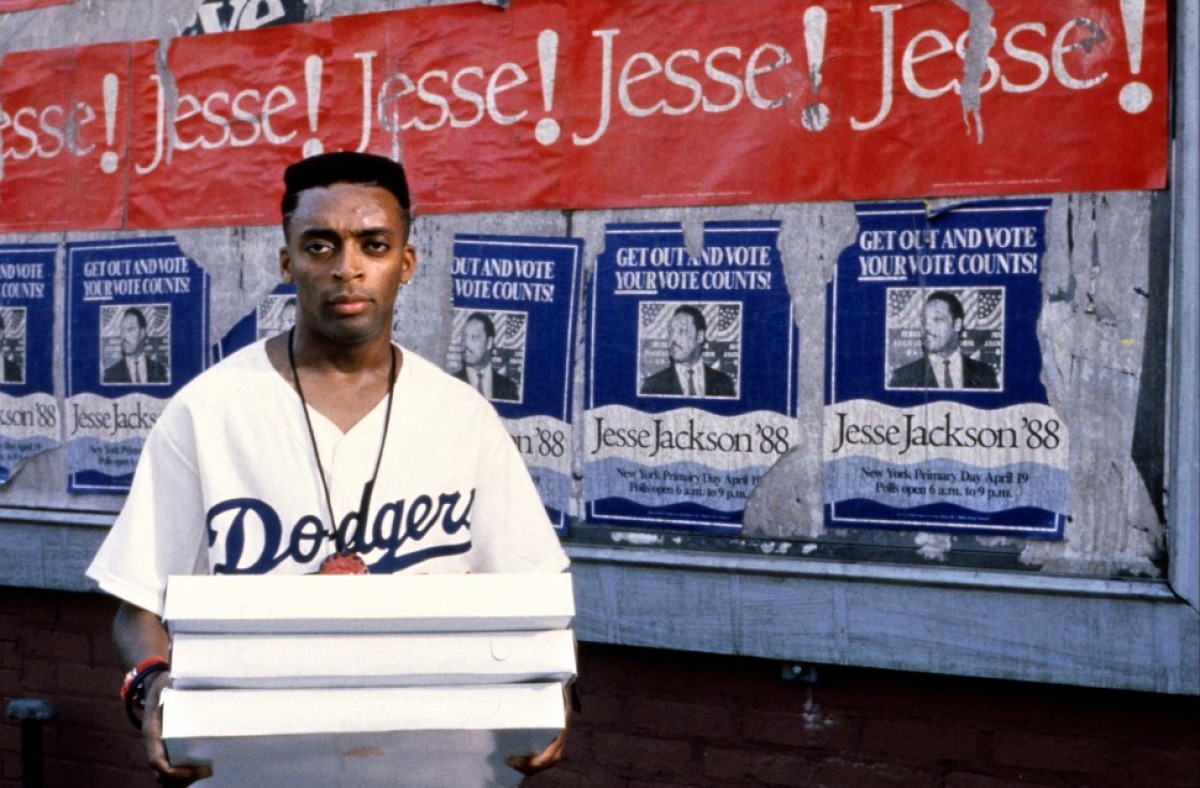
These selected films are all examples of universality in art. The themes in these films return again and again, from war to climate change, showing how history really does repeat itself.
The following list is a collection of documentary and narrative feature films that exemplify repetition of humanity’s issues over time.
1. Dr. Strangelove or: How I Learned to Stop Worrying About the Bomb (1964) by Stanley Kubrick
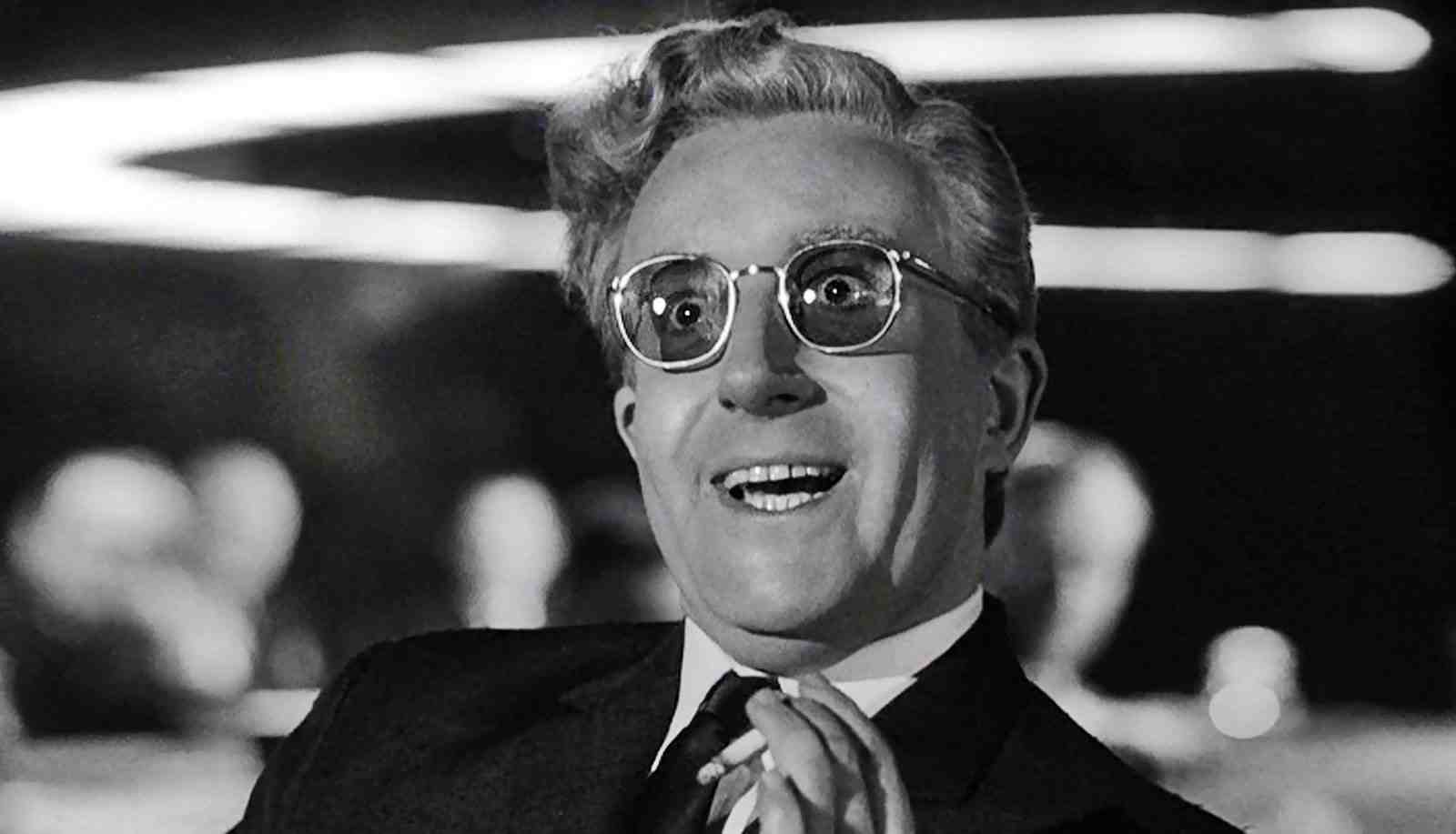
This satirical take on 1960s politics and the tension of the Cold War is very unfortunately relevant today. While bone-shaking fears of nuclear bombs dropping out of the sky aren’t all that prevalent anymore, tensions between the United States and Russia are rising once more.
The situation today is complicated to say the least, but reminiscent of Dr. Strangelove, the workings of world leaders are disordered and at times childish. Released almost 50 years ago, this film is definitely up to date on the massive jest that is world politics.
The film begins with B-52 bombers being deployed to attack the USSR with hydrogen bombs by General Ripper who has gone mad and claims that the Soviets have poisoned the US’s water supply. With no war order issued, Ripper’s Executive Officer tries to stop him but does not have the 3-letter code required to do, which only Ripper knows.
In the films famous War Room, the President is briefed by his officers on the situation and the possible solutions, deciding storm the Ripper’s office and warn the Soviet Premier, only to learn that the bombing would automatically detonate a doomsday device that would destroy the Earth.
2. Enron: The Smartest Guys in the Room (2005) by Alex Gibney
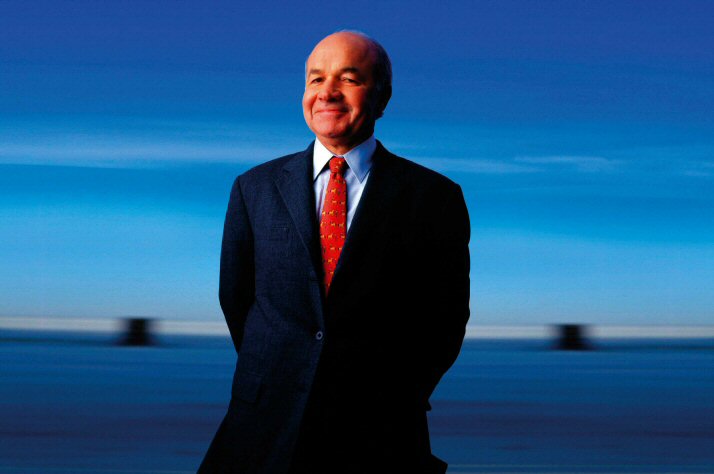
Enron was one of the most significant corporations in American, brought down in 2001 by exposure of mass accounting fraud and corruption, going down as one of the biggest business scandals in the USA.
Living in a society run by massive companies such as Google or Amazon, it is important to consider who is behind these businesses and the practices they may or may not be using. Nominated for the 2006 Academy Awards, this film provides an insightful perspective into the scandal and the crooks behind the scenes.
Throughout the film, Gibney considers information provided by both Enron employees and journalists involved in the investigation to paint a picture of what actually happened to bring down the energy giant. With Enron’s political connections with the Bush administration and their role in the California electricity crisis of 2000-01, the company’s practices reflect the greed and hedonism of its leaders, all of whom show questionable morals.
3. Brazil (1985) by Terry Gilliam
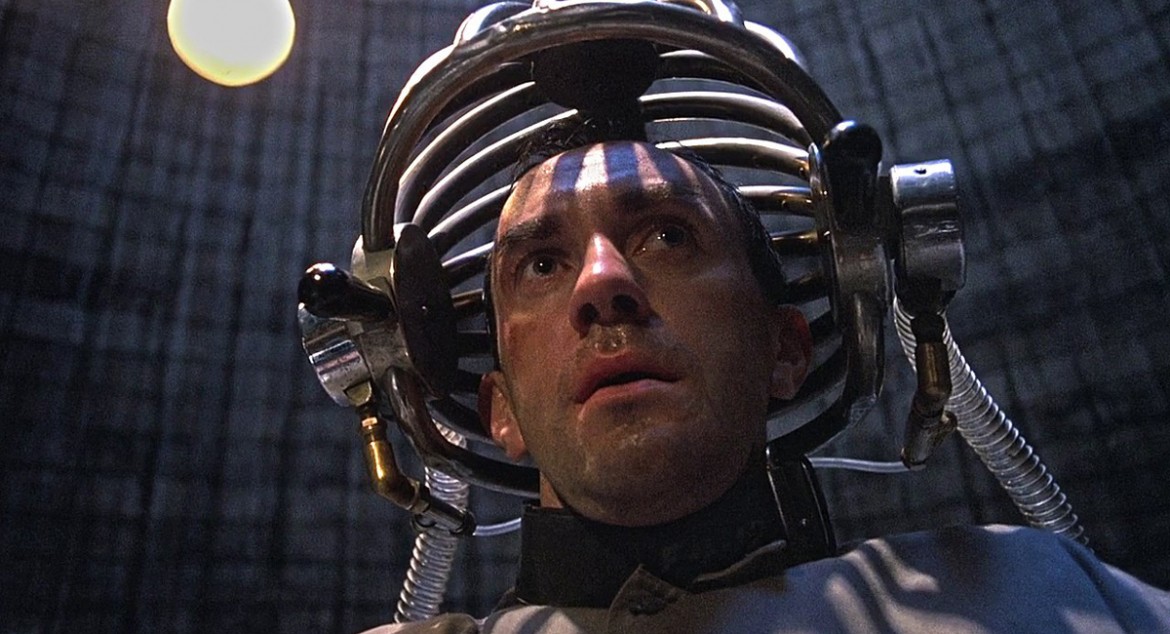
Brazil takes a special place in Gilliam’s filmography as perhaps his best picture. Initially only successful in Europe, the film aged well and over time became remembered as a cult film. Set in an explosive, Kafkaesque bureaucracy, much akin to an Orwellian fantasy, Brazil shows its audience the dangers of consumerism and totalitarianism.
Gilliam’s dystopian world uses the imagined science fiction future to satirize growing functions of government security and surveillance. Made well before Edward Snowden exposed mass surveillance in the United States and beyond, and people willingly gave personal information on social media, Brazil stands as an appropriate film to view today.
Set in a dystopian future, government employee Sam Lowry is called upon to fix a mechanical and clerical error resulting in the death of Archibald Buttle instead of suspected terrorist Archibald Tuttle. During his investigation he meets a woman, Jill, of whom he’s dreamed of before, but she is hesitant to speak with him for fears of being tracked by the government. Sam comes in contact with Tuttle, who helps him deal with government workers sent to demolish his apartment.
Sam sets out to speak with Jill, getting transferred to the Information Retrieval sector to gain access to her records. He helps her escape government pursuit by faking her death records but is soon arrested and accused of treason. He is kept in an empty room to be tortured by a man who was once his friend and learns that Jill was killed.
Before Sam is hurt, Tuttle rescues Sam then disappears, leaving Sam to wander into a surreal funeral service for his mother’s friend. Before the film ends, it is revealed that Sam has actually been lobotomized and has gone insane.
4. An Inconvenient Truth (2006) by Davis Guggenheim
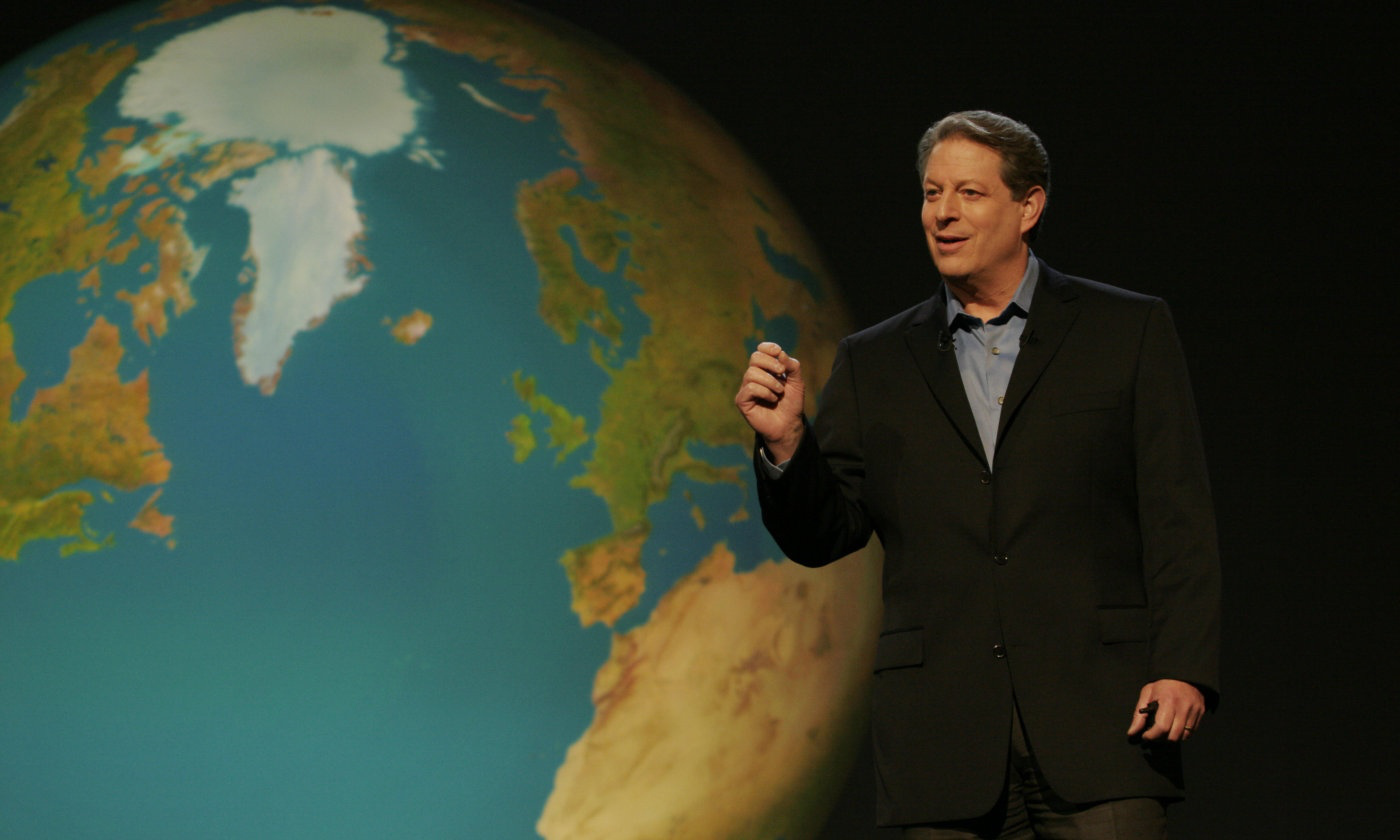
Led by former presidential nominee Al Gore, An Inconvenient Truth is a groundbreaking piece of 2006 cinema, winning two Academy Awards and provoking international audiences to fully recognize the threat of climate change.
Gore is a prominent environmental activist – awarded the 2007 Nobel Peace Prize for his work – who uses the film as a vehicle to inform the public of the growing crisis and what needs to be done about it. Sadly, 12 years later in 2018 climate change is an even larger and dangerous problem often ignored by those who can make the largest difference towards the solution.
The film shows both Al Gore’s personal journey to help save the environment alongside his actual efforts. Presented as a visual lecture, Gore describes climate change as a global and moral issue, calling upon scientific facts to define the effects of human activity on the planet. The imagery of melting glaciers and coral reef bleaching may be widespread today, but the message of An Inconvenient Truth needs revival.
5. 9 to 5 (1980) by Colin Higgins
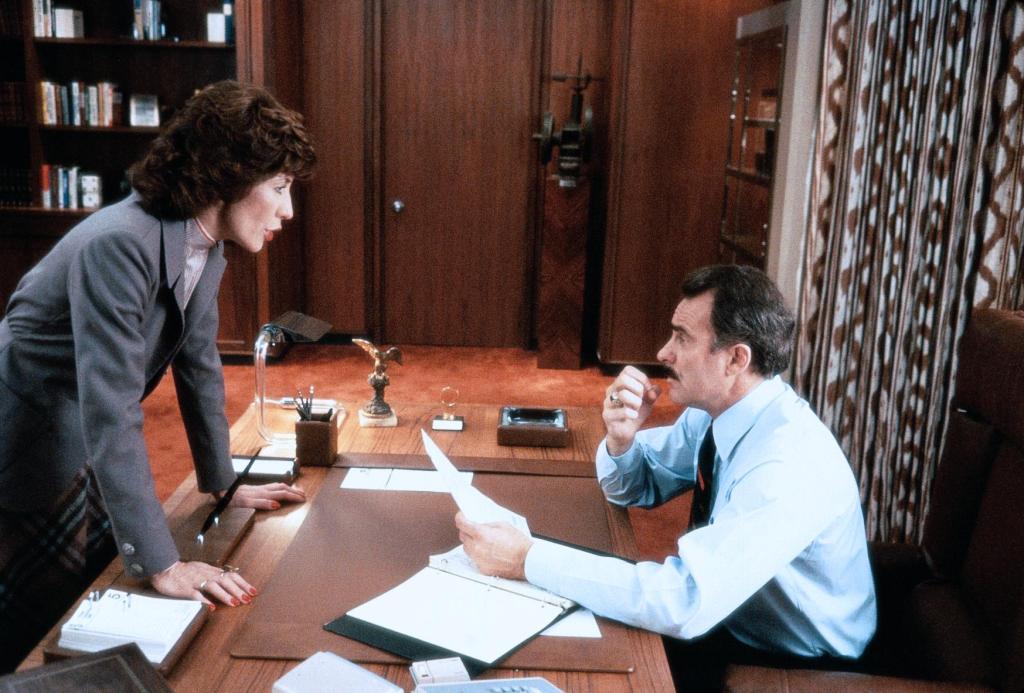
Hidden behind the big hair and hearty comedy of 9 to 5 lays a robust feminist narrative. Starring Jane Fonda, Lily Tomlin, and Dolly Parton, it is no surprise this film is remembered as one of America’s best wholesome comedies. In light of the Me Too movement and the ever more aggressive stands against workplace – and general – sexism, 9 to 5 shows not only a first-hand woman’s perspective of relentless sexual harassment but just how normal it has become. This sweet revenge tale provides laughs alongside very serious and very fulfilling vindication.
The film’s leads, Judy, Violet, and Doralee, all work at one company for a very self-centered and condescending boss who frequently mistreats his employees, resorting to sexist remarks and behavior. Fed up with his abuse, the women daydream of revenge until a series of events leads the trio to kidnap the man and hold him inside his own home.
With his absence, the women make positive changes in the workplace. Their boss breaks free and is furious at the actions the women have taken but the new prosperity of the workplace impresses the company chairman. Promoted to a new position, the heinous boss is sent to Brazil, where he is kidnapped by Amazons in the jungle; meanwhile, the women thrive without his presence.